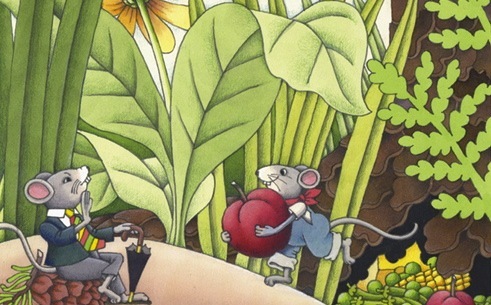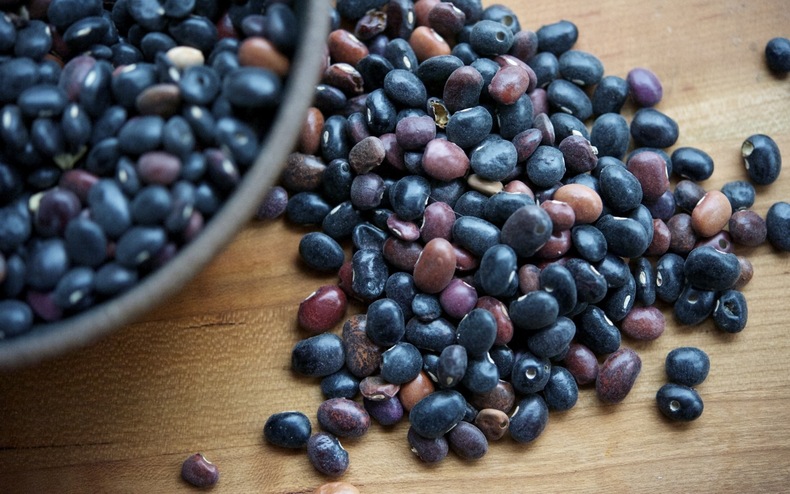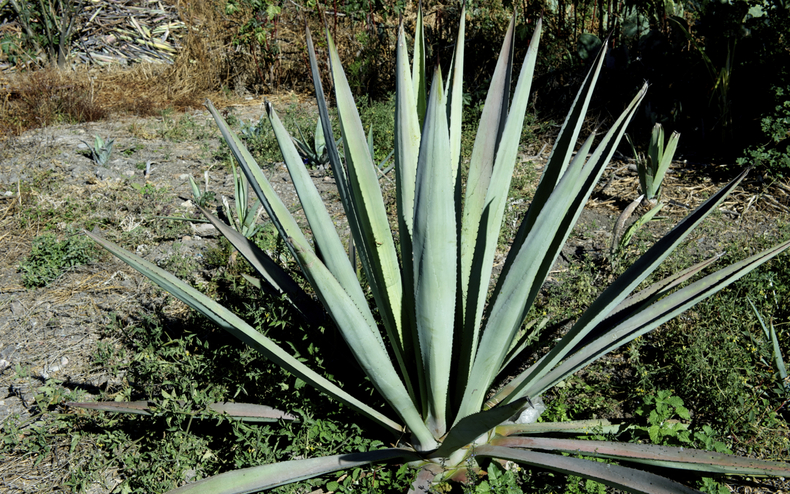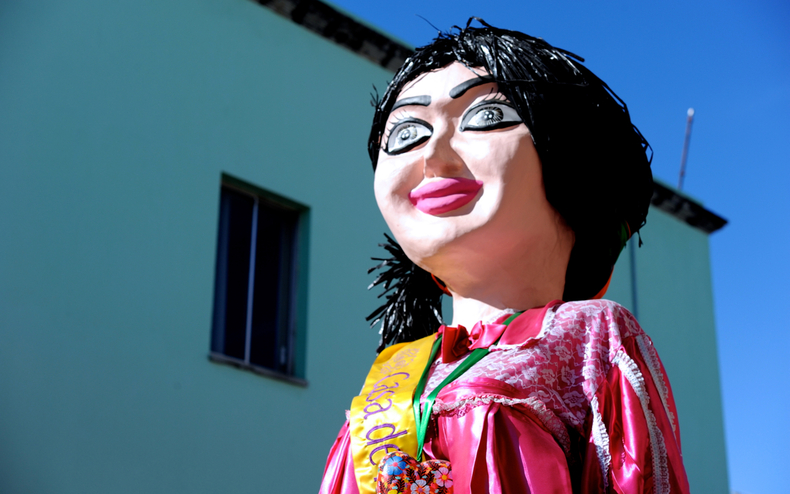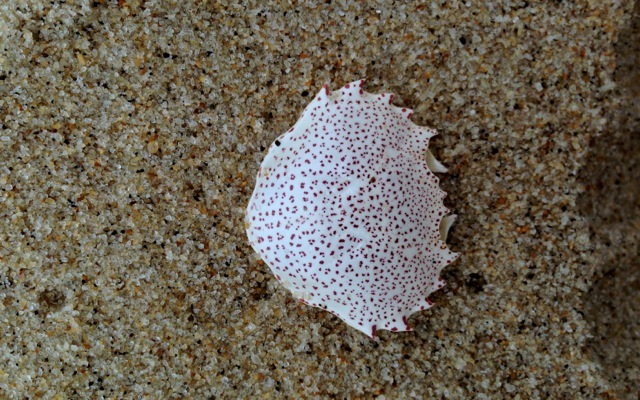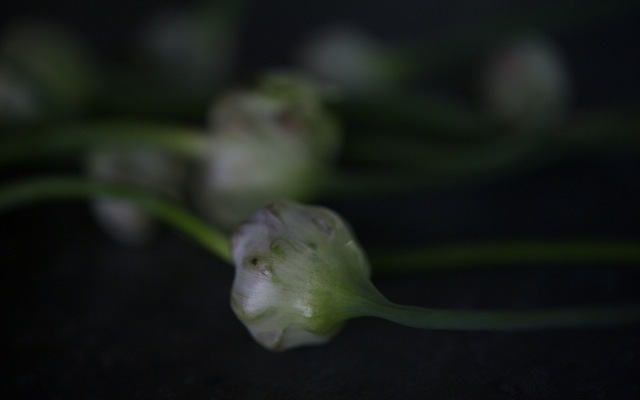Travel
9.25.14 Fellowship
Read More...
5.27.14 Fork in the Road
Read More...
4.1.14 Make Peace
As I write this, there are two tiny ants crawling around on my desk: proof positive that the world is waking up and spring is imminent. I heard the low trill of an Eastern screech owl the other morning and witnessed four robins sprinting across the lawn. There have already been rumored sightings of bears. Soon the frogs will come out of their deep thaw and the woodland orgies will commence. Tempers can run hot at this time of year, as even emotions lie dormant and come bubbling up as we begin to move and shake our creaky limbs. Be gentle with yourself, and with others. Stretch. Stimulate your blood flow by taking a natural bristle brush or a dry loofah and brushing your skin in long strokes toward the heart. Lighten the load on your organs (especially the liver and gall bladder) by eating fewer processed foods and meat and increasing your intake of greens, especially the bitter ones like dandelion and the chicories.
I was lucky enough to jumpstart my seasonal transition with a few days at Kripalu, a wonderful yoga and wellness center in Lenox, Mass. I've been there several times and really appreciate all it has to offer: yoga, massage, hiking, meditation, privacy, community and delicious, healthy food. As it happened, my reading for the Berkshire Festival of Women Writers took place there on the last day of my stay, so it was incredibly serendipitous and convenient.
Read More...
2.20.14 City Mouse
You remember that children's story, right? Beguiled by his sophisticated city cousin’s amazing tales, the country mouse ventures into town. But his cousin has neglected to mention the deafening noise, the frighteningly tall buildings and those dangerous dogs! The city presents a spectacle at once gorgeous and disturbing. In the end, the reader comes to understand why the city mouse loves his exciting life and why the country mouse is content with his peaceful home. With a foot in each camp, I try to make the best of both worlds.
Read More...
2.12.14 La Vida Loca(vore)
Read More...
2.7.14 Spirit Guide
Until you delve into the world of mezcal, it has a sort of hazy outlaw connotation, what with the worm and all. It's easy to imagine it as the drink of choice for that bad-ass bandido with the glinting gold tooth and a bandolier of ammo criss-crossed over his chest. But then you travel into the heart of artisanal mezcal terrain and you discover that this mystical spirit has a complexity akin to that of wine, with a similar display of terroir. A product of the ancient Aztecs, mezcal is thought to derive from an even older drink known as pulque, the fermented sap of the agave plant that is milky and lightly alcoholic. Once cooking and distilling entered the process, the flavor and potency of pulque were amplified into what is known as mezcal. It has been made for centuries from the many varieties of the agave plant or, as it's called in Mexico, maguey. This is not actually a cactus, but a type of succulent that includes the espadín, pictured above. During our recent trip to Oaxaca, we were lucky enough to get a glimpse into artisanal mezcal production under the tutelage of local connoisseur and scholar, Ulises Torrentera. A writer who fell in love with the mysterious poetry of small-batch mezcal, Ulises has a deep collection of carefully sourced spirits he serves at his groovy little mezcal bar in Oaxaca City, In Situ. Spending the day with him really left us in high spirits.
Read More...
1.23.14 Armed & Dangerous (& January Hot Links)
My own birthday celebration was a bit quieter, though I was inundated with love and good wishes (especially on Facebook - one great reason to join) and I was treated to a delicious lunch at the new Gotham West Market. More on that later, as well as details on my favorite present, featured above, and an assortment of links for you to explore and enjoy.
Read More...
1.16.14 Valley of the Gods
During our glorious ten days in Mexico, we journeyed into the complex and mysterious heart of Oaxaca and discovered, with the help of knowledgeable and passionate local guides, amazingly colorful corners we would never have been able to see without this special access. It was such a rich and full vacation that I'll have to break it up into several posts so you can take it all in without feeling overwhelmed. I can't wait to go back and I'm excited to escort you there now.
Read More...
9.4.13 Back to the Future
I had many plans for the month of August, a long list of projects and goals. I wanted to make natural dyes. I was going to send out a survey to my readers. I had every intention of uploading all the content for the launch of my redesigned professional website. And guess what I did? None of that. Instead, I coped with having 5 herpes outbreaks in 6 weeks: a glaring sign from my body that all is not right. But your life is so perfect! you say. Country living, fresh food, walks in the woods—what could possibly be wrong? Actually, I am grateful for this wakeup call. I have clearly been pushing myself too hard, not taking the time to nurture myself and not really listening to my inner voice. You know the one. It tells us when we have reached our limit, when it is time for change.
Read More...
7.17.13 July Hot Links
Read More...











